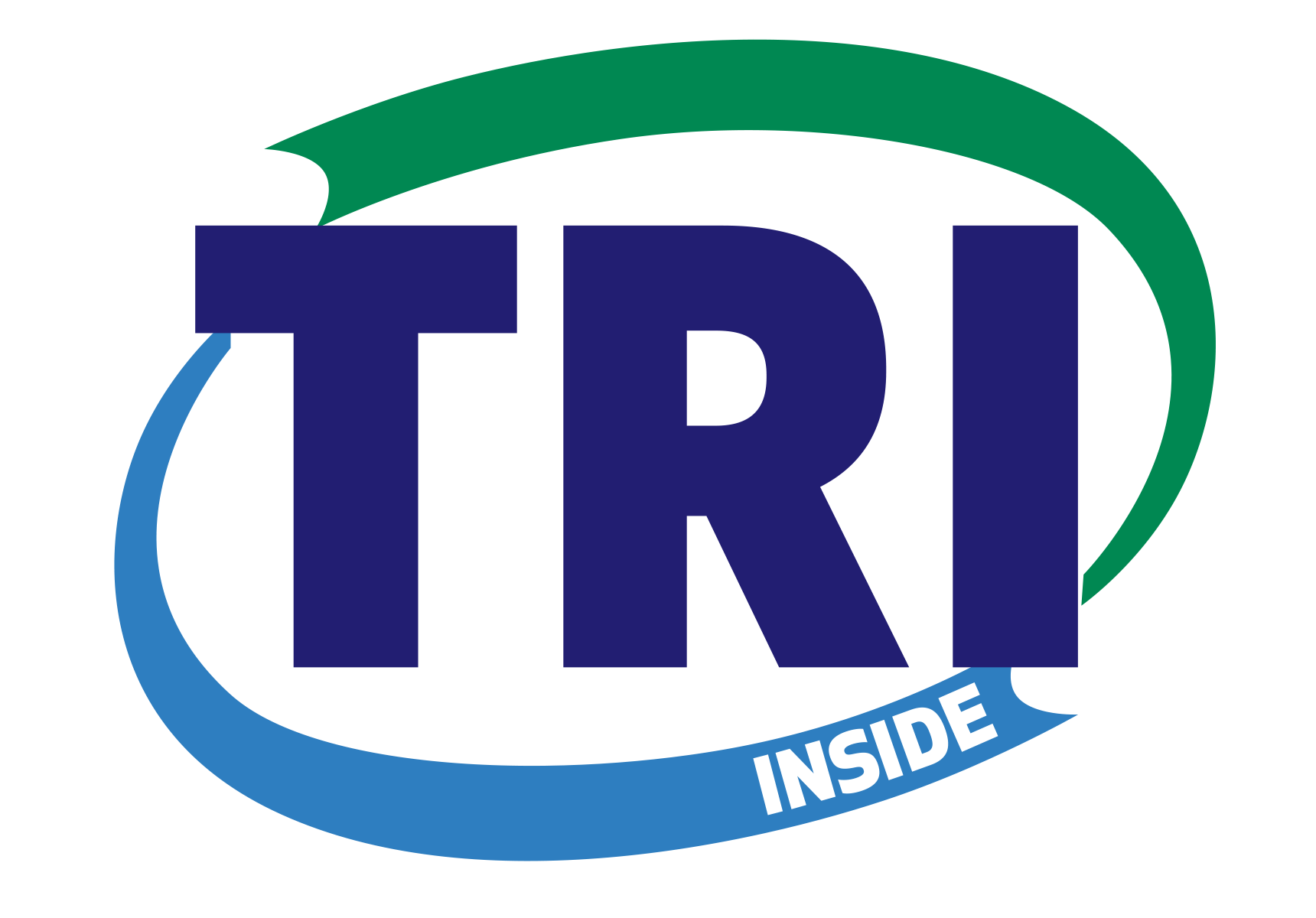What is renewable energy?
Renewable energy is energy that is generated from natural processes that are continuously replenished. This includes sunlight, geothermal heat, wind, tides, water, and various forms of biomass. This energy cannot be exhausted and is constantly renewed.
What are examples of renewable energy resources?
- Wave power
- Solar power
- Geothermal Power
- Wind Power
- Tidal Power
- Biomass
What is Biomass?
Biomass, is a renewable organic matter, and can include biological material derived from living, or recently living organisms, such as wood, waste, and alcohol fuels.
Wood energy is derived both from harvested wood as a fuel and from wood waste products. Waste energy can be generated from municipal waste, manufacturing waste, and landfill gas. Biomass alcohol fuel, or ethanol, is derived almost exclusively from corn.
What is bioenergy?
Bio energy or Biomass refers to the Carbon that is being locked up in organic compounds. Sources of biomass are wood, forest and agricultural waste, animal waste, domestic sewage, industrial waste/effluent, landfills, etc. The biomass can be converted into a concentrated source of Carbon in the form of a solid, liquid or gaseous fuel and can be used to produce heat, electricity and motive power for transportation.
How is Biofuel prepared?
Bio-fuel is a common term that is used to refer to any organic material that can be burnt. Biomass, like bagasse, the waste from sugar cane, is biofuel. Common types of liquid biofuel are Bio-Ethanol (Bio-gasoline) and Bio-diesel.
Benefits of biomass?
Biomass is good for the environment and does not emit additional carbon dioxide (CO2) like fossil fuels. Biomass can be used to make a several products such as, electricity, heat, biogas, and biofuel, produce chemical products, reduce disposal costs, extend the life of landfills and is a renewable energy source.
Introduction to Bioenergy and Biofuels
TRI strongly believes in improved bioenergy and biofuels educational developments and has been a consistent supporter of the educational efforts of the USDA Advanced Hardwood Biofuels Northwest project. One of the products of this project has been a YouTube Channel dedicated to communicating the basics of bioenergy, so that people from diverse backgrounds can understand what bioenergy is and where it fits in their region. The link can be found here. This YouTube channel hosts 25 micro-lectures (10-15 mins a piece) that cover a wide array of bioenergy topics from history to conversions and biomass types to environmental considerations. The objective is to enable more dialogue and learning amongst interested people so that bioenergy discussions become more commonplace, an idea that TRI strongly supports.


